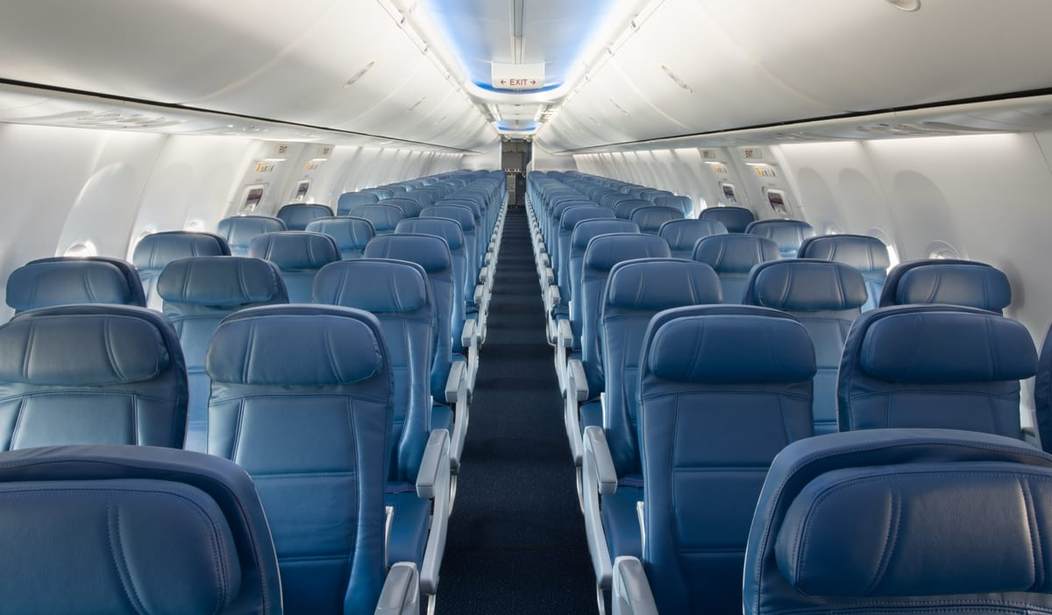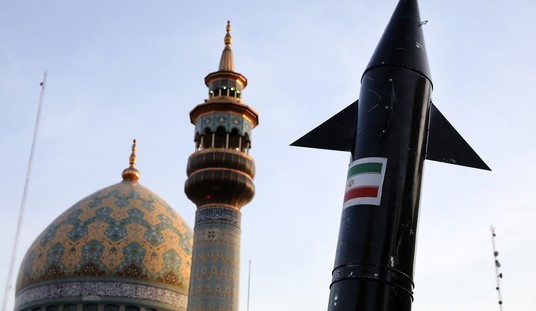Many people approach picking their seats on an airplane with the belief that closer to the front is better. There is something psychologically satisfying about being in front of others. Others have the attitude that all passengers are equal sardines in a can … albeit one that happens to be traveling at near the speed of sound. However, I have a few tips that you may want to think about before you book your next trip.
1. Book as soon as possible.
The sooner you book, the more likely you are to get the seats that you want. This is even true for airlines like Southwest that don’t have assigned seats. You may not get to pick your seats when you book, but the sooner you book, the further up the line you move when it comes time to board.
Let’s say you have your pick of seats. What do you choose? Find out on the next page.
2. Different parts of the plane experience turbulence differently.
When you are 30,000 feet in the air traveling at just shy of mach one, airplanes are actually surprisingly stable. However, just like a boat being tossed by rough water, airplanes experience turbulence from “rough” air. The whole plane does not experience turbulence the same. Sitting in front of the wing will give you the most stability. The further behind the wing you are, the more sway you can experience.

Image courtesy of American Airlines
The magnitude of turbulence behind the wing will vary depending on the aircraft type. The larger the plane, the more stable it will be. The more modern the aircraft is, the less likely you are to feel the difference. In fact, if you are flying on a Boeing 787 you can pretty much disregard this recommendation.
There is also one extra benefit to sitting in front of the wing: you get the best view.
Up next, the window seat versus the aisle seat dilemma.
3. There are trade-offs between aisle and window.
Which is better, aisle seat or window? The answer is, it depends. Of course, if you like looking out the window, the window seat is the best. But the bigger question is, do you plan on sleeping?
If you are in a window seat, sleeping is much easier. You have a “wall” to rest your head on and you get to control the window shade (i.e. you can keep it shut and no one can do anything about it). You also have the benefit of not having anyone who will ask you to stand up so they can use the restroom.
The opposite is true for the aisle seat. You can get up whenever you want without having to ask anyone. If you plan on being active (some people like to get up and stretch their legs during the flight), this is a great option for you.

United Airlines Boeing 777-200 (a widebody aircraft) seat configuration. Image courtesy of United .com
Personally, I think the best place is an aisle seat in the middle of a widebody aircraft. Widebodies have two aisles making them “wide.” They are typically reserved for long flights (5 hours+). I like this seat because 1) you can get out whenever you want, and 2) if someone on the inside seat wants to get up, they can use the other aisle.
The absolute worst is the middle seat because you will have people on both sides of you.
The exit row is the best place for extra room, right?
4. Extra room may not be where you think it is.

Image courtesy of Southwest Airlines.
The exit row may surprise you. While you will have a inch or two of additional leg room, many exit row seats do not recline. There is no way of knowing if they will or won’t when you book. There are some people who do feel safer sitting in or near an exit row, but fortunately, it is very rarely needed.
Another location on the plane that often doesn’t recline is the last row. Depending on how the seats are configured, you may find the back of your seat up against a bulkhead.
Speaking of bulkheads, having one in front of you can cause issues as well. While it is nice not having anyone in front of you, and often this row has a little extra room, you will be sacrificing space to store your “personal item.” You will have to put this in the overhead compartment, which can be very annoying to access in flight.
Where is the plane the noisiest? That depends…click to the next page to find out.
5. How to avoid the noise.

Regional jet with rear mounted engines. Image courtesy of Bombardier.
In general, forward of the wing will be the quietest. This phenomenon is exacerbated with certain aircraft that have rear mounted engines. Many regional jets are configured in this way.
You also many want to avoid sitting near the galleys, which can be in multiple places on the aircraft. You will hear the noise of the crew working or conversing with each other. This is an especially bad spot if you are sleeping, as the lights from the galley will probably be on during most of the flight.
Is there any benefit to sitting in the back of the plane? Yes!
6. The back of the plan is so underrated.

Image courtesy of Southwest Airlines.
The back of the plane actually may give you the thing you want most in a flight: extra room. First of all, the overhead compartments in the back of the plane are the least likely to be jam-packed. This will give you some extra space for your bag (especially if your carry-on is bigger than the official carry-on size).
The back of the plane is also the most likely spot for empty seats. An empty adjacent seat is probably the biggest prize any passenger could wish for. This is especially true on Southwest, where there are no assigned seats and they are filled on a first come, first served basis. On our last Southwest flight, my wife and I got three seats to ourselves. She was actually able to sleep and I was able to get work done on my laptop.
I hope some of these ideas help you to pick decent seats on your next flight. What are some of your seat-picking strategies?








Join the conversation as a VIP Member